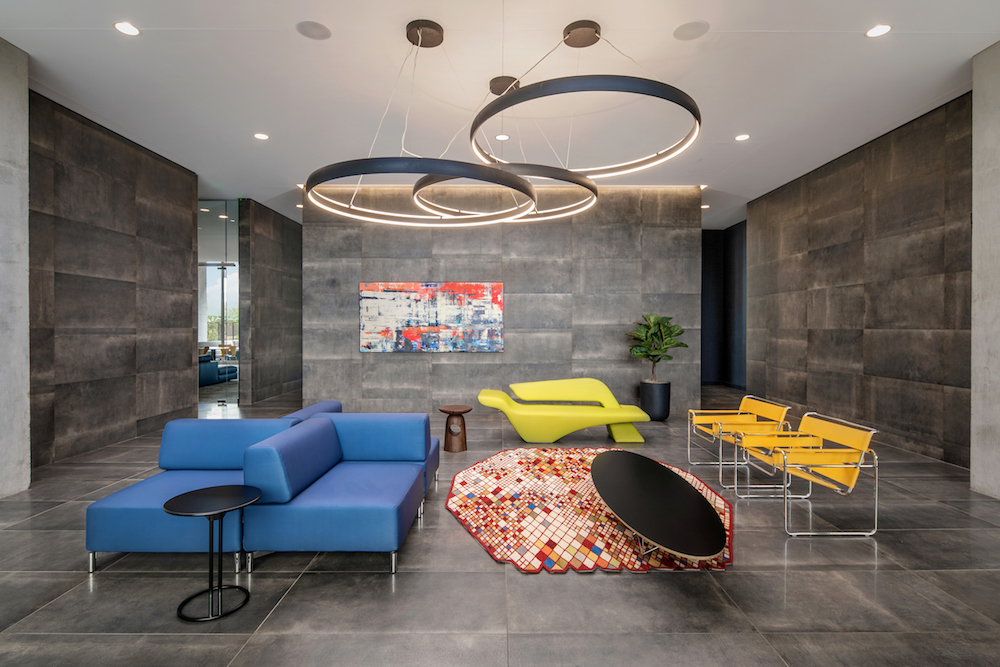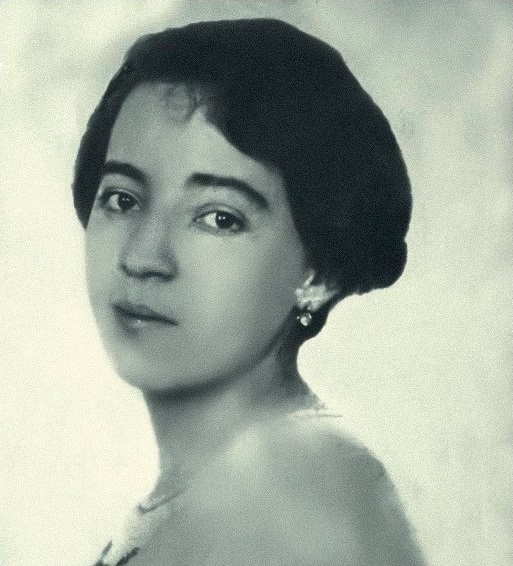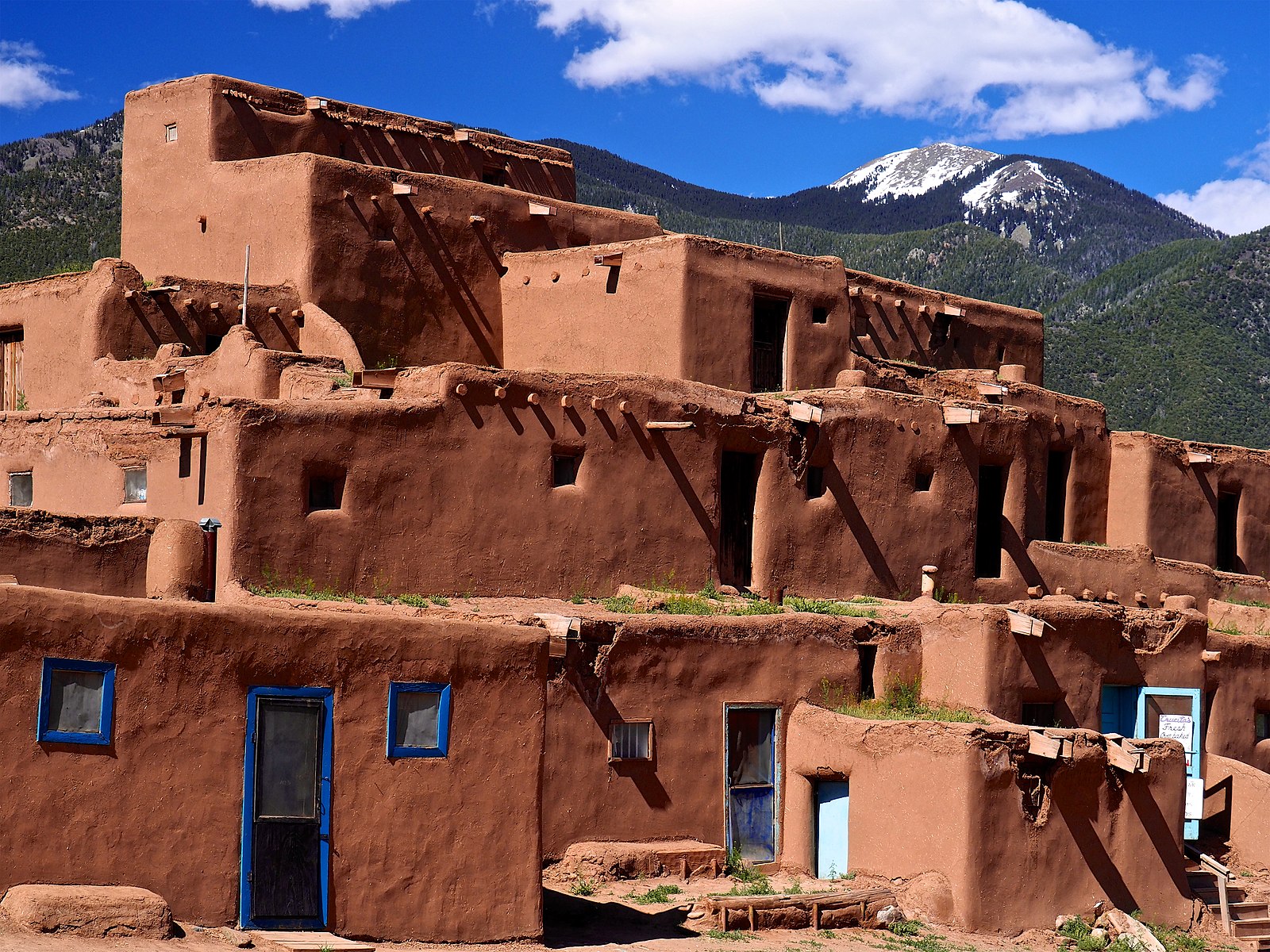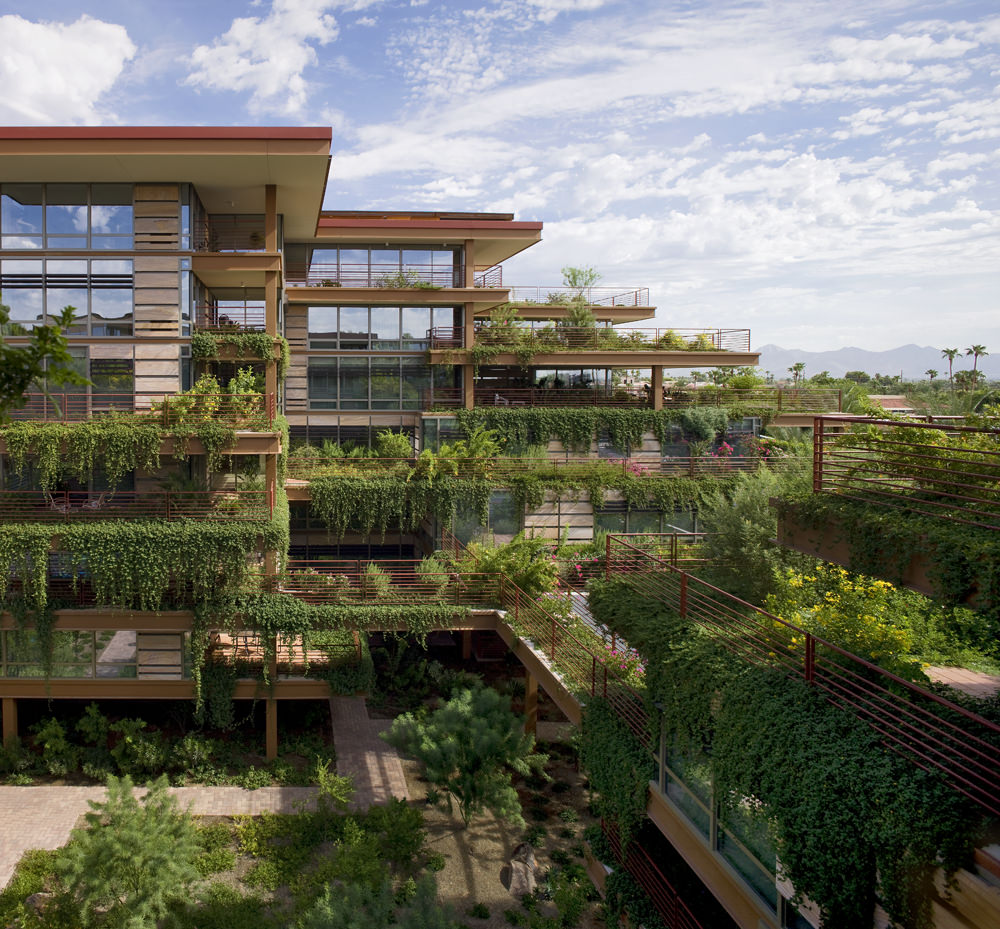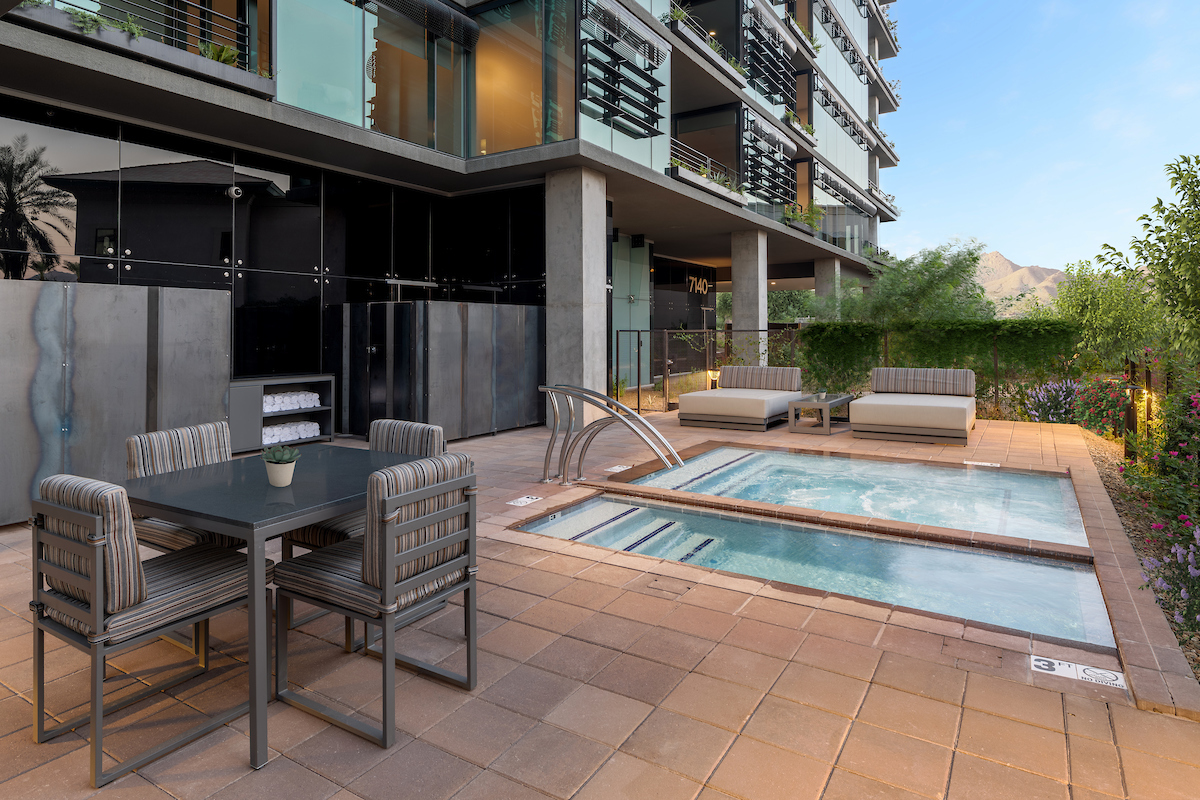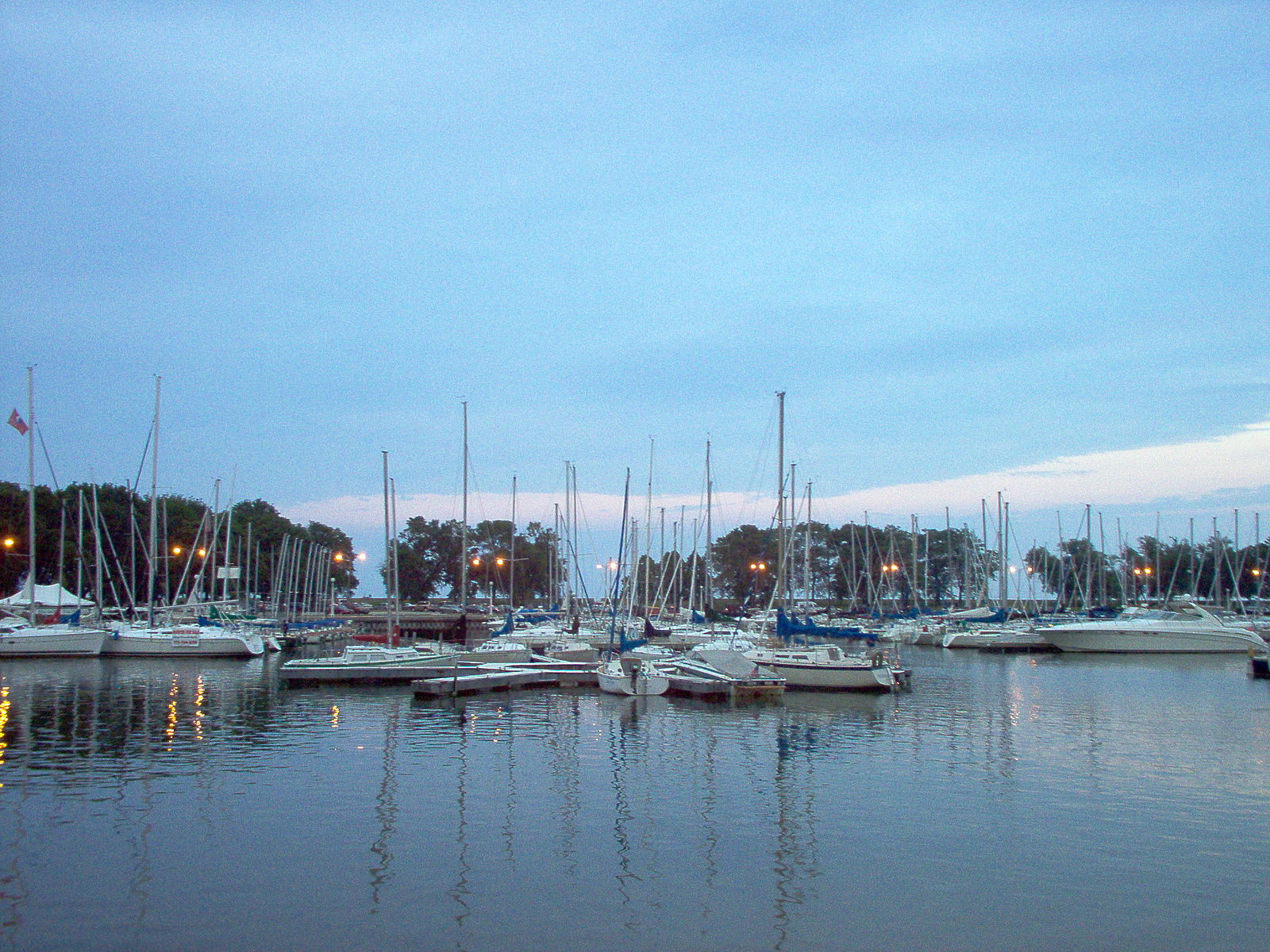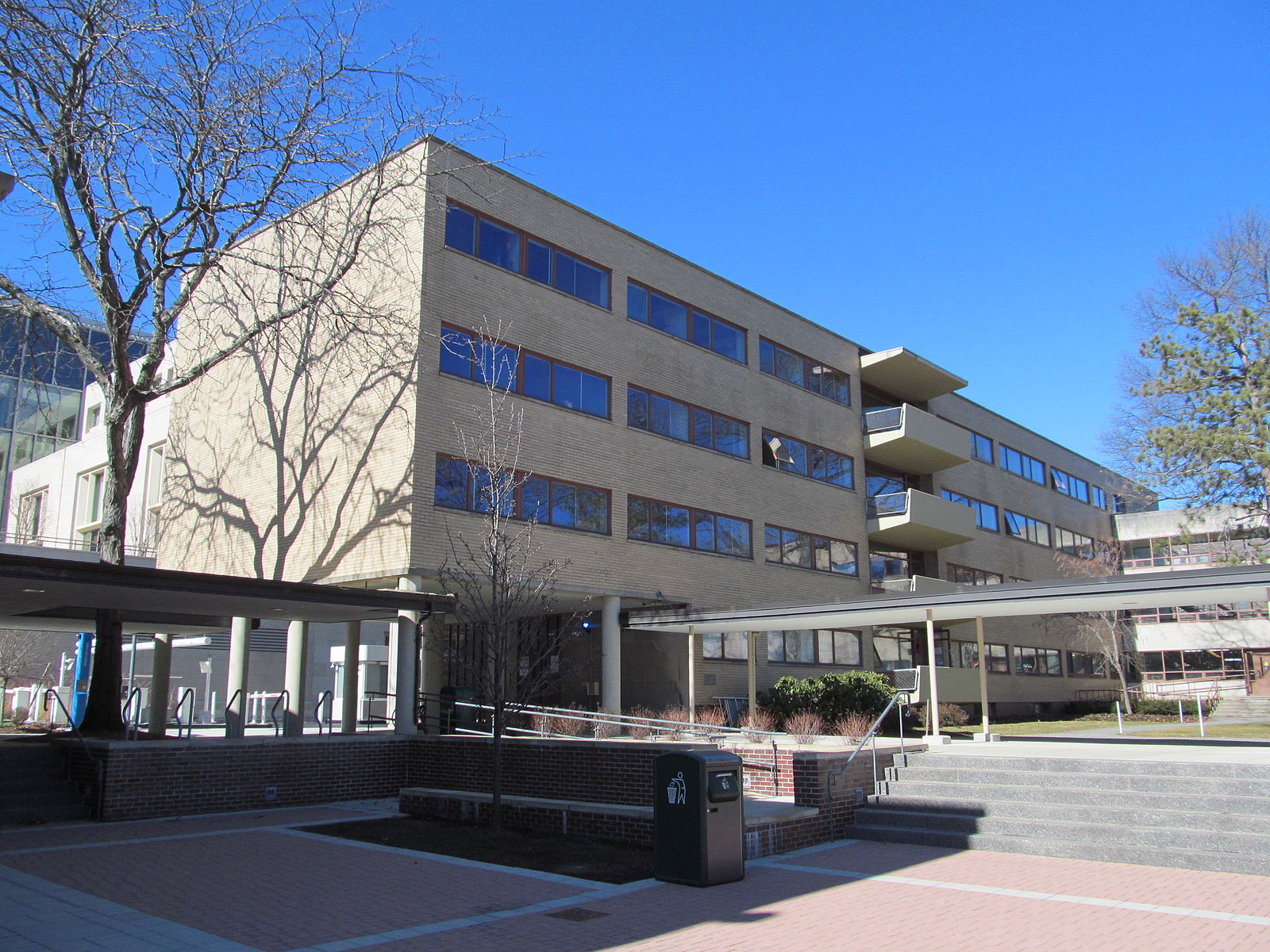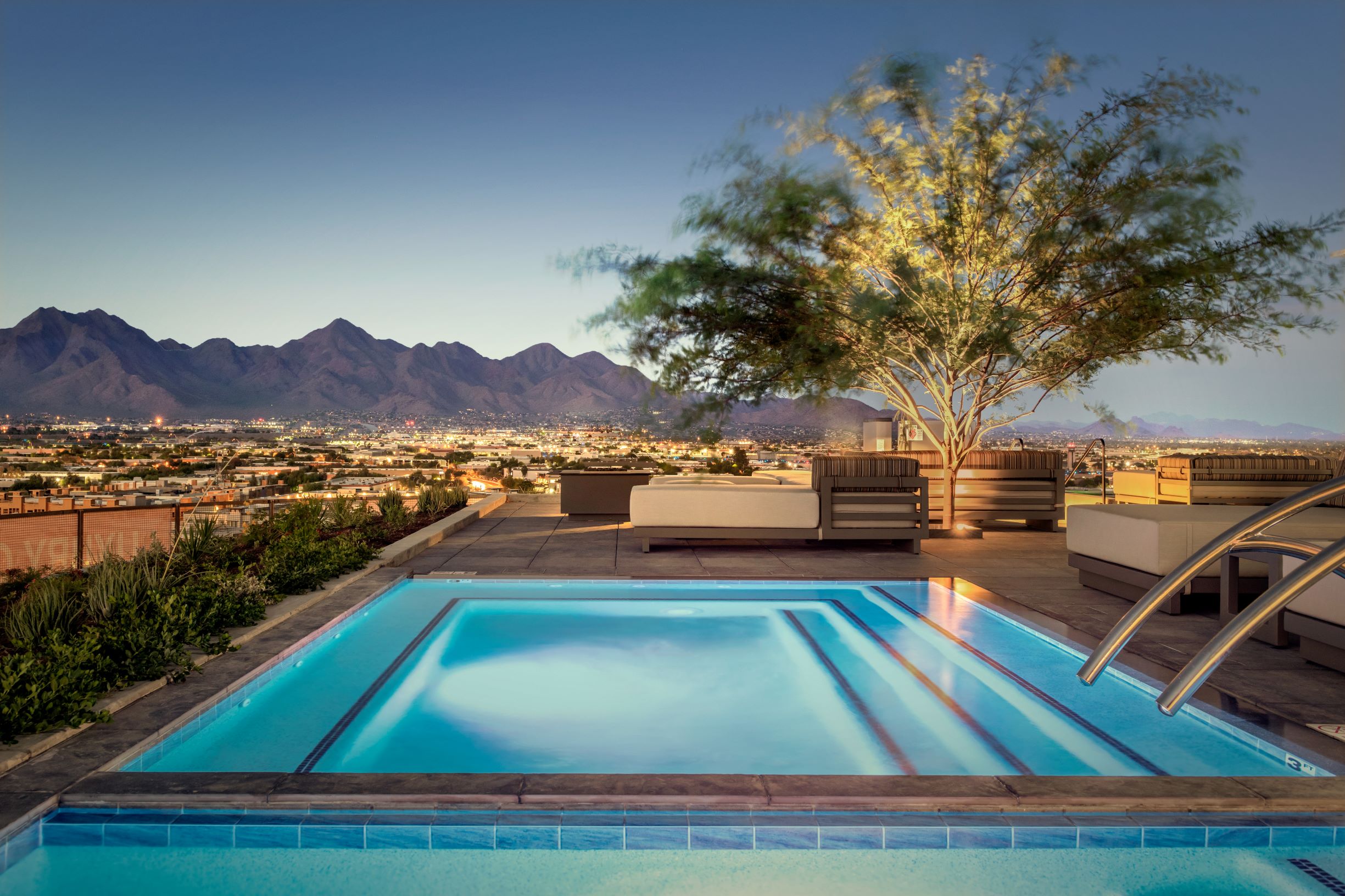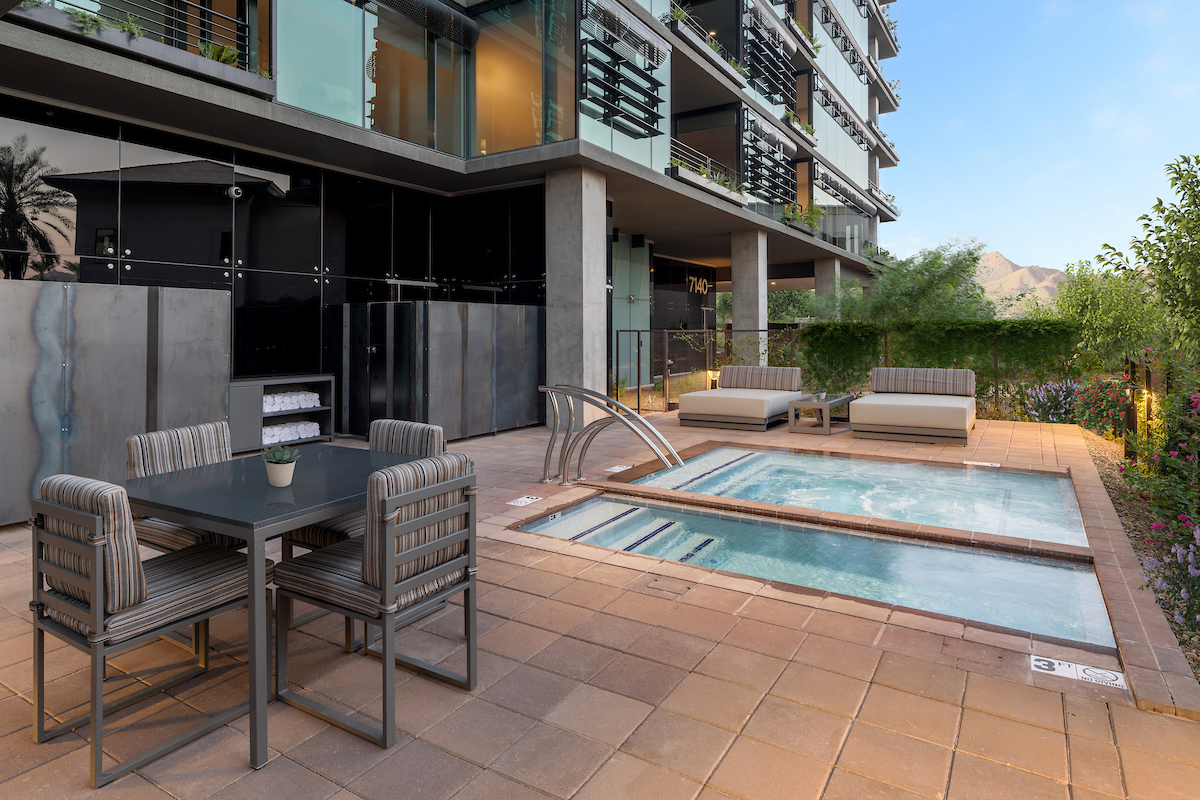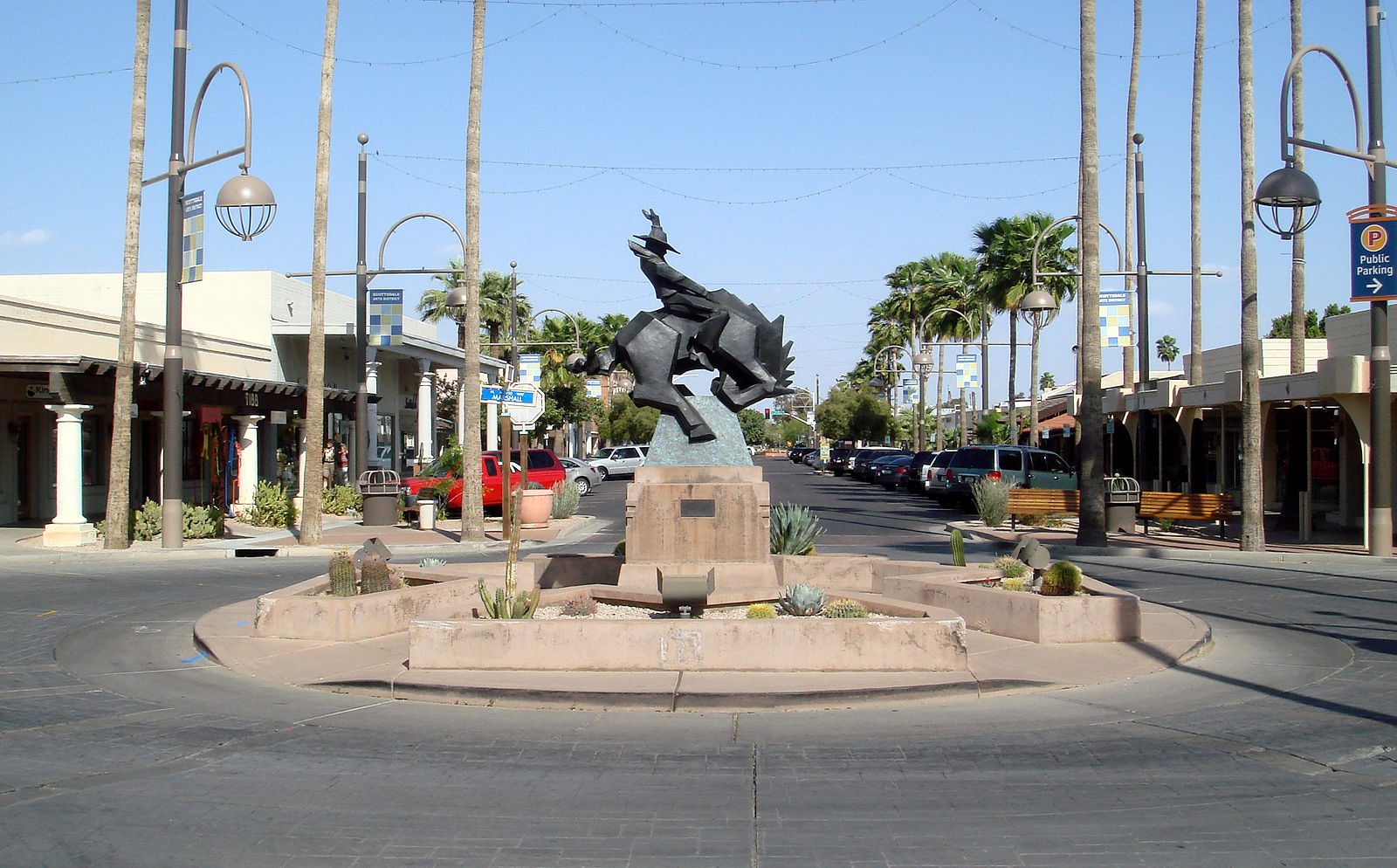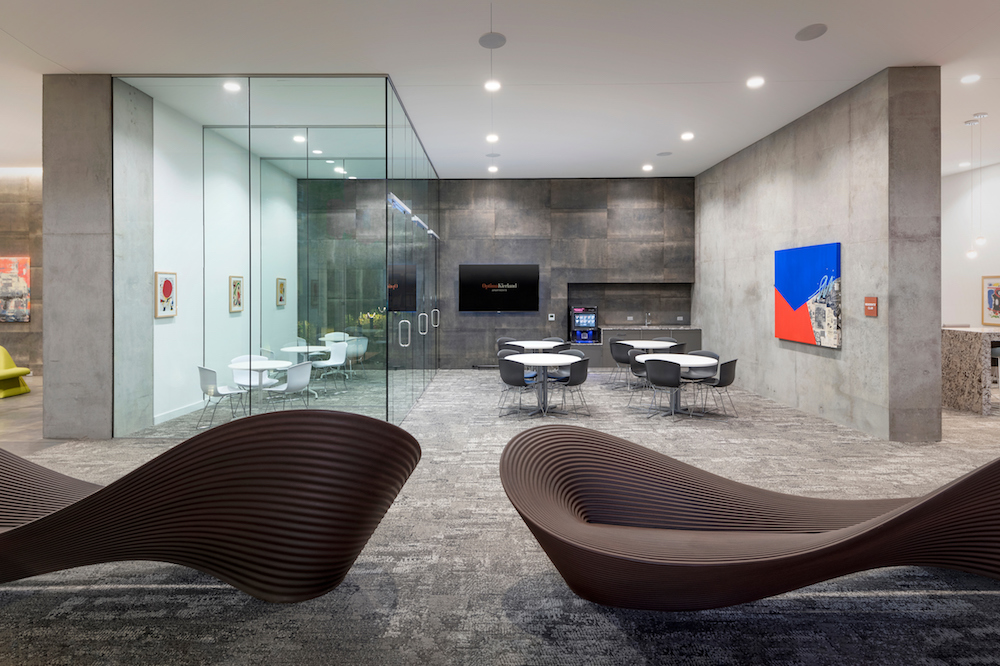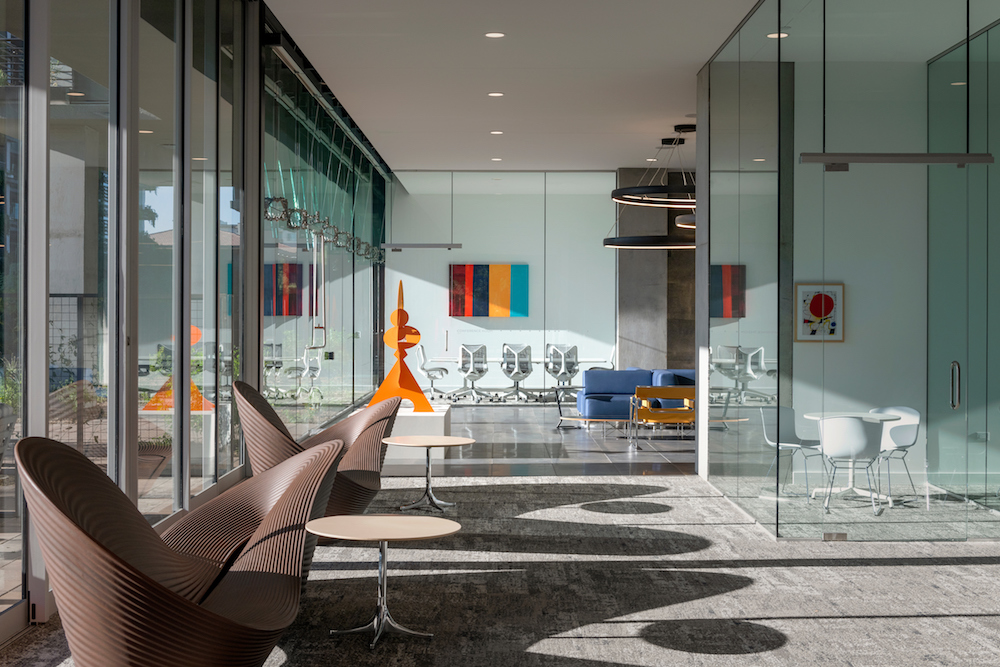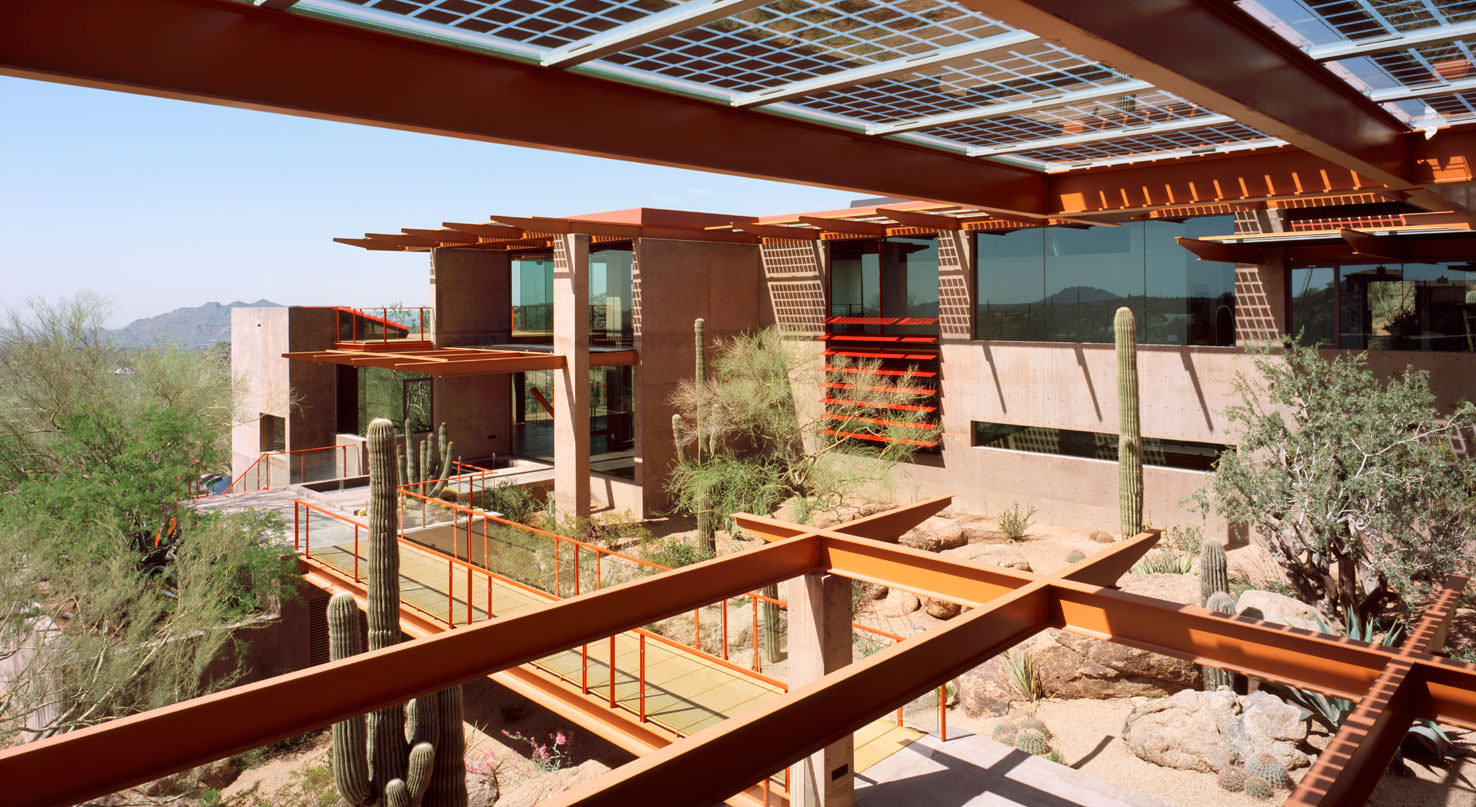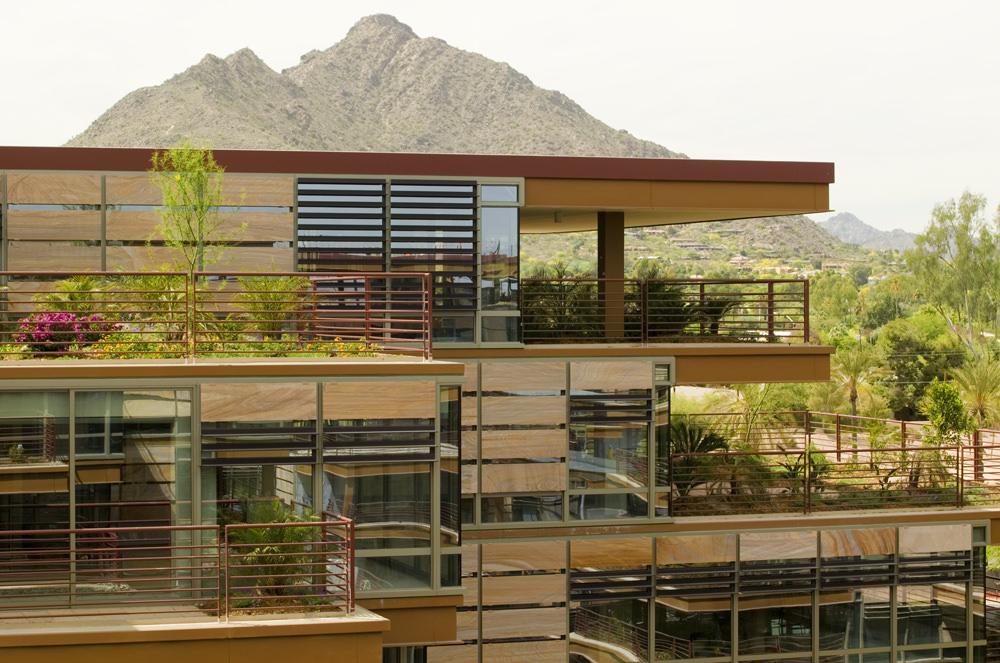At Optima, our passion for Modernism shines through in all aspects of design, from the art we hang on the walls to the furniture we select. For Optima Kierland Apartments, we handpicked standout statement pieces from Danish furniture designer SOFTLINE, including the modular sofa and sculptural bench pictured above.
SOFTLINE started in Denmark in 1979 with a commitment to creating innovative, iconic and high-quality furniture. True to the essence of Modernist design, their pieces explore the limits of form and function. While their furniture unabashedly explores sculptural forms, SOFTLINE places an emphasis on modular furniture that’s able to be arranged in a variety of configurations and used for many purposes. And of course, each piece is swathed in a bold color as a finishing touch.
The amenity floor at Optima Kierland Apartments features Pierce, a bench designed by Karim Rashid for SOFTLINE. Rashid describes the bench’s undulating form as sensual and sculptural. Pierce is made up of two interconnected pieces that can’t exist without one another, creating an integral equilibrium that defies gravity. Rashid himself has been dubbed by Time magazine as “the most famous industrial designer of all the Americas” and the “Prince of Plastic.”
Playing perfect complement to Pierce is the striking blue modular sofa, PLANET. The highly adaptable modular sofa was designed for Softline by Stine Engelbrechtsen so that those employing the piece can “create their own universe.” PLANET’s simple design and soft edges embody the ultimate in comfort, while the silver metal legs give the airy effect of the sofa hovering just above the ground. At Optima Kierland Apartments, we configured PLANET’s modular pieces so that residents can privately enjoy a section for quiet time, or convene together comfortably.
These eye catching pieces are the perfect place for residents to relax or meet with friends, all the while being invigorated by the energy of the vibrant design around them.
